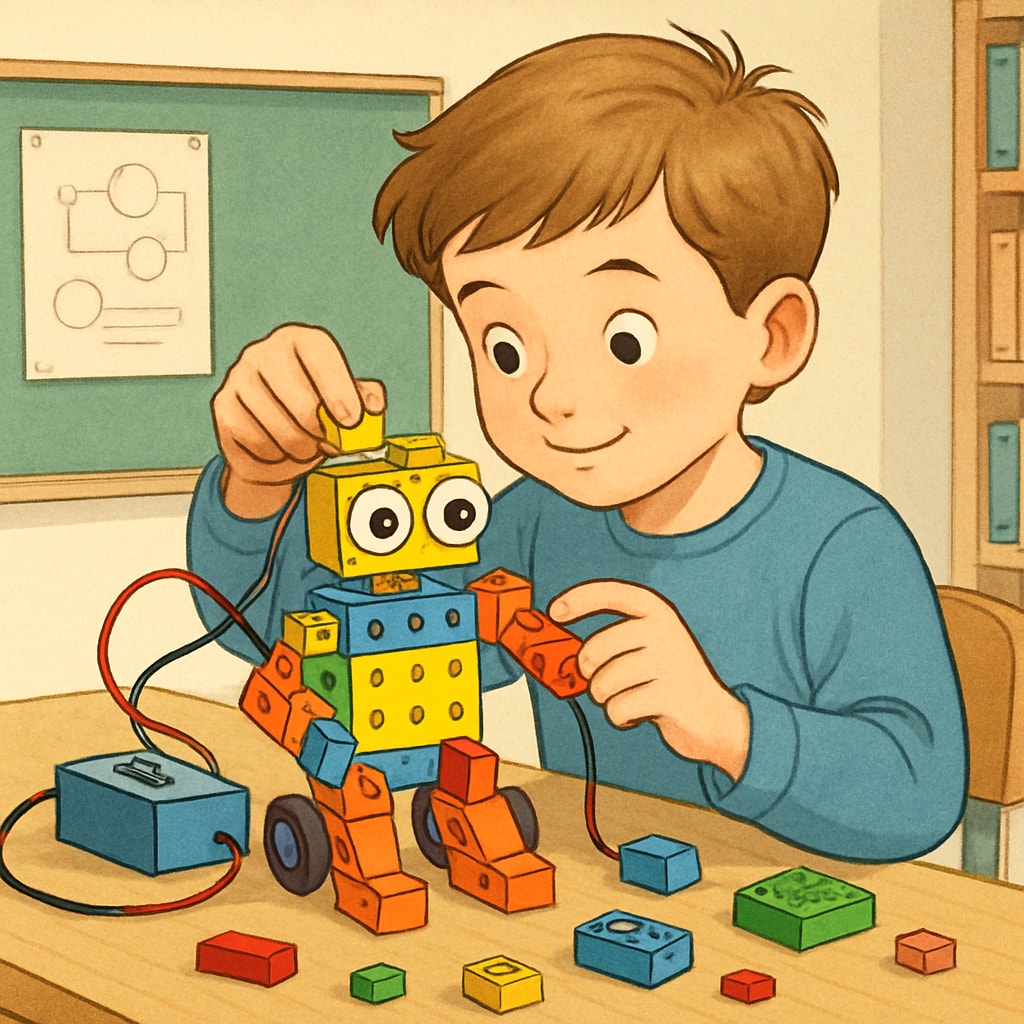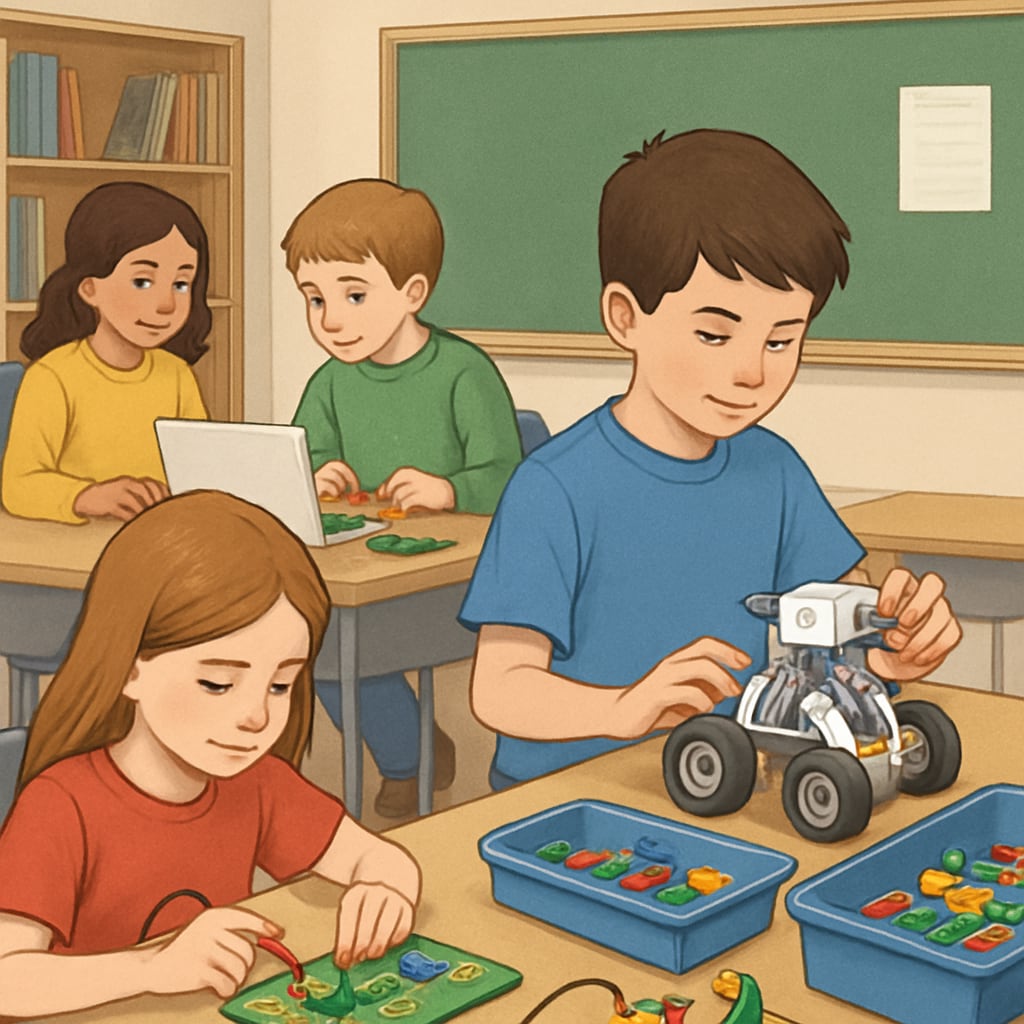At the age of four, children are bursting with curiosity and creativity, but not all engage with traditional education methods. For hands-on learners who show an early interest in activities like building robots, connecting circuits, or crafting inventions, standard classroom approaches may seem restrictive. Parents often wonder how best to support their child’s natural talents while fostering a love for learning. In this article, we explore creative and alternative approaches to early education designed specifically for hands-on, practical learners.
Recognizing Hands-On Learning Styles in Early Childhood
Hands-on learners thrive when they can actively interact with their environment. Unlike children who enjoy worksheets and structured lessons, these kids are often drawn to tactile activities such as building blocks, experimenting with tools, or exploring STEM (Science, Technology, Engineering, and Mathematics) concepts through play. Identifying this learning style early is crucial to tailoring educational experiences that nurture their strengths.
- Look for signs: Does your child prefer assembling toys over listening to stories? Are they fascinated by how machines work?
- Encourage exploration: Provide access to simple tools, safe materials, or kits designed for young inventors to see where their interests lie.
- Observe persistence: Hands-on learners often spend hours engrossed in a task, showing determination to solve problems or create something new.

Alternative Education Options for Hands-On Learners
Traditional preschool programs may not fully accommodate the needs of hands-on learners, making alternative education approaches more appealing. These methods emphasize experiential learning, creativity, and critical thinking rather than rote memorization.
Here are some effective alternatives:
- Montessori Method: This child-centered approach allows kids to explore materials and activities at their own pace, fostering independence and problem-solving.
- STEM-Focused Programs: Early childhood programs that integrate STEM activities can provide ample opportunities for hands-on exploration.
- Project-Based Learning: Encourage your child to engage in projects where they can build, design, or experiment, such as creating a simple robot or growing plants.
- Outdoor Learning: Nature-based education allows hands-on learners to engage with the environment and develop practical skills.
These approaches not only respect the child’s innate creativity but also equip them with valuable problem-solving and technical skills for the future.

Creating a Home Environment That Fosters Creativity
Beyond formal education, parents play a vital role in supporting their hands-on learner at home. A creative, nurturing environment can spark curiosity and encourage self-directed exploration.
Here’s how to set up a hands-on learning space:
- Designate a maker space: Provide a corner with materials like recycled cardboard, tape, markers, and child-safe tools for creative projects.
- Introduce age-appropriate kits: Science kits, building blocks, and robotics sets can offer structured yet flexible learning opportunities.
- Encourage problem-solving: Give your child challenges, such as building a bridge out of blocks or designing a simple pulley system.
- Limit screen time: While technology can be educational, prioritize tactile activities to engage their senses fully.
By turning your home into a hub for creativity, you can nurture your child’s natural curiosity and inspire them to explore their interests further.
Balancing Creativity and Skill Development
While hands-on learners excel in creative tasks, it’s important to ensure they also develop foundational academic skills. Parents can strike a balance by incorporating learning into practical activities. For example:
- Math through construction: Use building blocks to teach counting, measurements, and spatial reasoning.
- Language through storytelling: Encourage your child to narrate the steps of a project or the story behind their creation.
- Science through experiments: Simple experiments like mixing baking soda and vinegar can teach scientific principles and cause-effect relationships.
These integrated methods ensure that hands-on learners build both creative and academic strengths, preparing them for diverse learning environments.
In conclusion, hands-on learners require a unique approach to early education that respects their innate creativity and practical skills. Whether through alternative programs, STEM-focused activities, or a nurturing home environment, parents can unlock their child’s potential while cultivating a lifelong love for learning.
Recommended Reading: Learn more about Montessori education on Wikipedia or explore STEM education on Britannica for additional insights.


